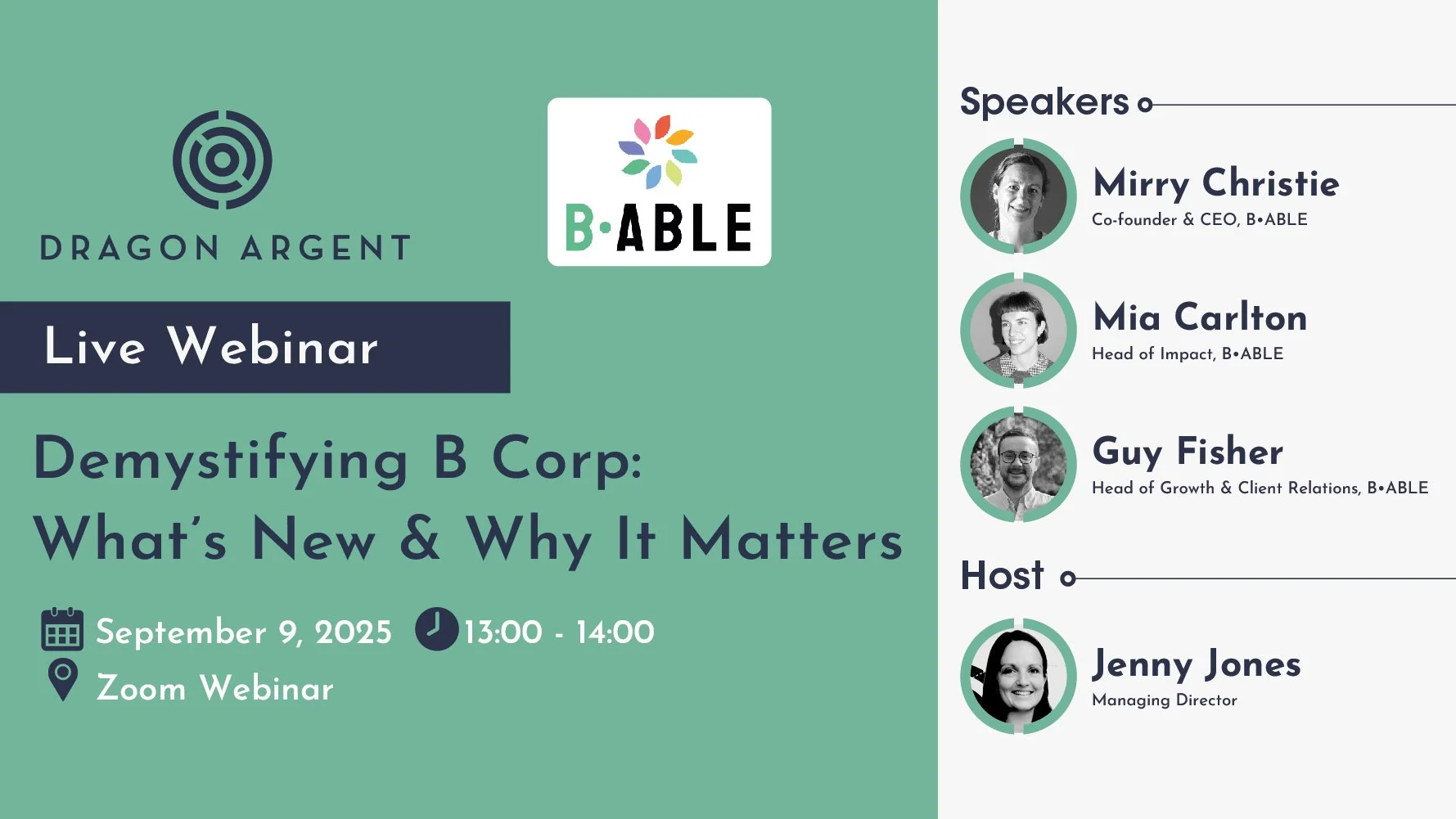How Smart Pension Contributions Can Help Business Owners Save Tax and Grow Wealth
For UK business owners, pension contributions aren’t just about retirement they're one of the most tax-efficient ways to reduce liabilities, build long-term wealth, and even support the growth of your business. In this article, we’ll explore how pension contributions can save both corporation tax and income tax, and how business owners can use pension schemes strategically, such as investing in commercial property.
Pension Contributions: Dual Tax Advantages
Making pension contributions from your company’s profits brings two major tax benefits:
1. Corporation Tax Savings
When your company makes pension contributions on your behalf, those payments are treated as an allowable business expense. This reduces the company’s taxable profits, and therefore its corporation tax bill. For example, a £40,000 pension contribution can save £10,000 in corporation tax (assuming a 25% rate).
2. Income Tax Savings
Instead of taking that same £40,000 as salary or dividends—both of which are subject to personal income tax—you contribute it to your pension, potentially avoiding income tax rates as high as 39.35%.
Illustrative Example
Let’s consider a basic example for the 2025/26 tax year:
Example: Pension Contribution Tax Savings (2025/26 Tax Year)
| Description | Amount |
|---|---|
Company pension contribution |
£40,000 |
Corporation tax saved (25%) |
£10,000 |
Income tax that would have been paid (if taken as salary) |
£12,000 (at 30%) |
By contributing to a pension, the company saves tax, and you personally avoid paying higher-rate income tax on that amount.
Using Pensions to Invest in Commercial Property
Many business owners are unaware that pension funds can be pooled together to buy commercial property—such as your company’s own premises—through a Small Self-Administered Scheme (SSAS).
Benefits of Using a SSAS to Buy Property:
You and other directors or family members can combine pension pots to increase buying power.
The SSAS can purchase a commercial property, which your business then leases.
Rent paid to the SSAS is a deductible expense for your company and is received tax-free by the pension.
Over time, your pension grows through both rental income and potential capital gains—free from corporation and income tax.
Example: Purchasing Commercial Premises via Pension Fund
| Scenario | Amount |
|---|---|
Property purchase price |
£400,000 |
Pension contributions made by the company (over time) |
£400,000 |
Rent paid by the business to SSAS |
£30,000/year |
Annual corporation tax saved on rent |
£7,500 (at 25%) |
This approach not only helps secure your business premises but also offers long-term tax-efficient growth of your pension assets.
Key Takeaways for Business Owners
Pension contributions are one of the most tax-efficient strategies for building personal and business wealth.
A group SSAS enables you to use pension savings to buy your own business property.
Rent paid to the SSAS reduces corporation tax and grows tax-free in your pension fund.
You stay in control of your business assets while building long-term financial security.
Final Thoughts
Pension planning is more than just retirement preparation—it’s a smart, strategic tool to minimise tax, invest in your business, and build a secure financial future. If you're a business owner, consider how pension contributions could benefit both your personal finances and your company’s bottom line.
Speak to a tax adviser at Dragon Argent for a tailored consultation on how to maximise pension strategies for your business.






